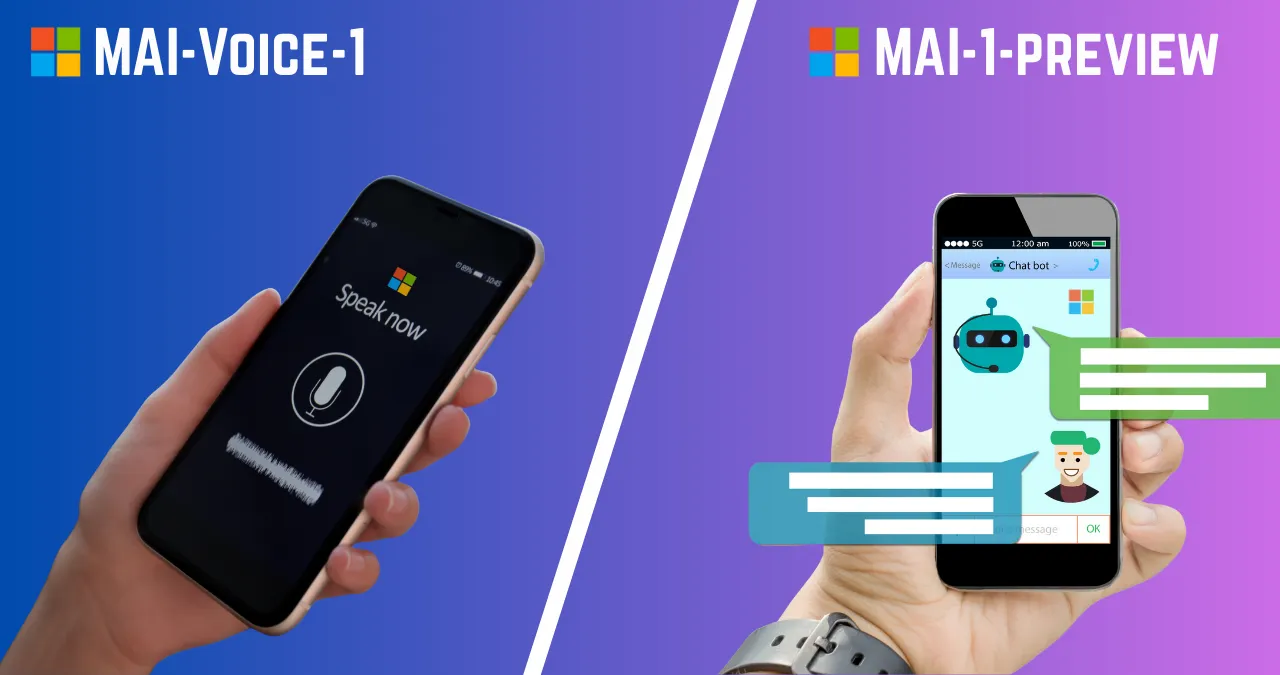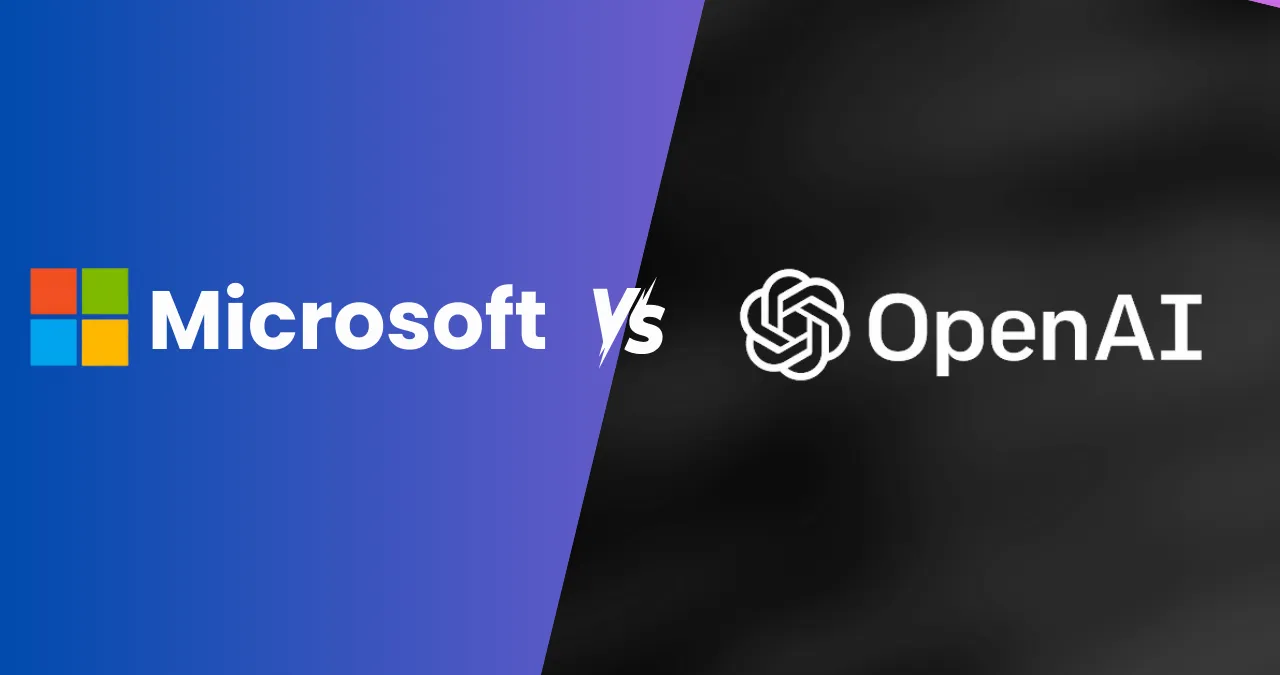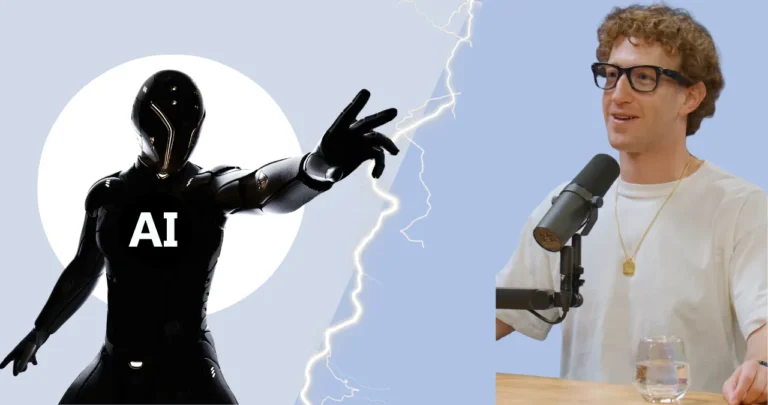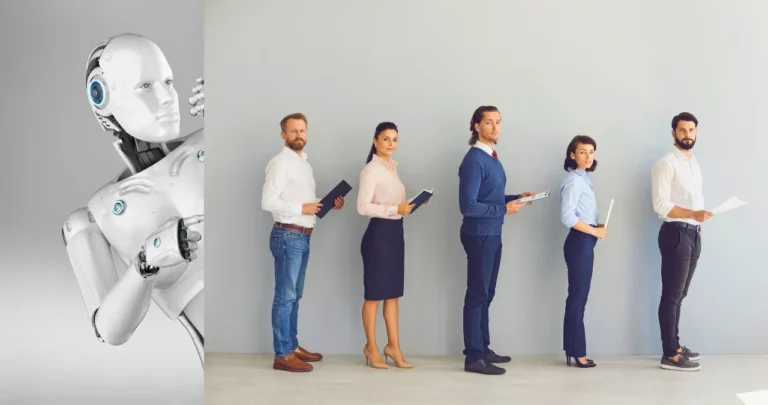Microsoft just made a major move in the AI world. On August 28, 2025, the company unveiled two groundbreaking Microsoft New AI Models — MAI-Voice-1 and MAI-1-preview — marking a bold shift in its AI strategy.
For the first time ever, Microsoft has developed its own foundational AI systems completely in-house, rather than relying on OpenAI, its long-time partner. This signals a major turning point and highlights growing tensions between the two tech giants.
With these Microsoft New AI Models, the company is stepping into the arena not just as a collaborator, but as a direct competitor in the race to build next-generation AI systems.
So, what exactly are these new AI models? Why is Microsoft charting its own independent course now? And what could this mean for OpenAI and the future of AI innovation?
Microsoft New AI Models: MAI-Voice-1 and MAI-1-Preview
Microsoft’s AI division, which is run by Mustafa Suleyman (who used to work for Google DeepMind and Inflection AI), came up with MAI-Voice-1, a model for generating audio that works very well. It can make a full minute of speech in less than a second with just one GPU, which makes it a great tool for things like real-time voice assistants and content creation tools. This efficiency stands out in an industry where training and running AI models often require massive computational resources—think tens of thousands of Nvidia H100 GPUs.

Complementing it is MAI-1-preview, Microsoft’s first end-to-end trained foundation model for text generation. Early reports suggest it’s around 500 billion parameters in size, putting it in the league of heavyweights like OpenAI’s GPT-4 (estimated at 1.7 trillion parameters) or Google’s Gemini.
It’s already being tested in public on sites like LMSYS Arena and added to features like Copilot Daily, where it does things like reasoning, summarizing, and solving problems.
These models aren’t just technical achievements; they’re meant to make Microsoft’s ecosystem better. For example, MAI-1-preview could make Copilot faster and cheaper, which would cut down on latency and operating costs compared to using models from other companies. Microsoft is focusing on efficiency over sheer size by training on about 15,000 Nvidia H100 GPUs, which is a lot less than competitors like xAI’s Grok, which used over 100,000
The Microsoft-OpenAI Partnership: From Allies to Rivals
Microsoft and OpenAI’s partnership goes back to 2019, when Microsoft first invested $1 billion to support OpenAI’s mission. Over the years, that investment ballooned to more than $13 billion by 2025, making Microsoft one of OpenAI’s biggest backers.
Thanks to this deep collaboration, Microsoft gained exclusive access to OpenAI’s powerful models for its Azure cloud services and products like Microsoft 365 Copilot. In return, OpenAI relied on Microsoft’s massive cloud infrastructure to train and scale its AI systems — a deal that seemed like a perfect match at first.
But lately, things haven’t been as smooth. By mid-2025, reports started surfacing about tensions over costs, control, and intellectual property rights. OpenAI began moving toward more independence, even striking new partnerships — like one with Oracle in June 2025 — to diversify its cloud support.
Meanwhile, Microsoft has accused OpenAI of keeping key technical details under wraps, especially about its latest o1 reasoning models. Adding fuel to the fire is their controversial “AGI clause” — a part of the agreement stating that if OpenAI achieves artificial general intelligence (AGI), Microsoft would lose certain rights. And according to OpenAI, that moment may be closer than ever.

In response, Microsoft has been quietly working on its own AI skills. Earlier in 2025, it made the MAI family of models, which includes reasoning variants that are as good as OpenAI’s o-series. The company has also tried out Copilot integrations from xAI (Elon Musk’s company), Meta, Anthropic, and DeepSeek, which shows that it wants to diversify. Amy Hood, Microsoft’s CFO, said in March 2025, “We’re both successful when each of us is successful, but we’re building a flexible fleet.”
This shift isn’t just about independence—it’s economic. Running OpenAI models through Azure is expensive, and Microsoft wants to cut costs while maintaining performance. Microsoft can better integrate its models into its wide range of products, from Windows to GitHub, because it owns them.
What This Means for OpenAI
Microsoft’s move is a double-edged sword for OpenAI. The partnership is still going strong, though. In August 2025, GPT-5 was added to Azure AI, which gave apps and agents the ability to do advanced reasoning. OpenAI’s value could reach $500 billion, and there are talks of an IPO in 2026 and investments from SoftBank.
But losing Microsoft’s support could be bad. OpenAI uses Azure for a lot of its computing, so any problems could make it speed up its plans for multi-cloud. Reports say that OpenAI is thinking about filing antitrust complaints against Microsoft for “anticompetitive behavior.” If Microsoft fully switches to its own models, OpenAI may have to compete harder in the enterprise AI space, where Microsoft is already strong.
What did OpenAI say? Putting more effort into new ideas. Its o-series models are great at hard tasks like science and coding, and its partnerships with governments (which give models for $1 a year) show that they can last. Still, this could speed up OpenAI’s push toward AGI, which could cause contract clauses to kick in that make things even worse.
The Broader Implications for the Future of AI
Microsoft’s own models could start a new era of AI competition. Microsoft, Google (with Gemini), and Amazon (with Anthropic) are already in a three-way race in the industry, but this makes it even more competitive. More players means faster innovation. For example, businesses and consumers will be able to get AI that is cheaper and easier to use. By 2025, AI trends will include self-driving agents and multimodal models (that can handle text, voice, and images), as shown by Microsoft’s launches.
But there is a chance of fragmentation. If Microsoft and other companies keep their models to themselves, it could slow down the progress of open-source software. Microsoft has worked with smaller open models like Phi-4 in the past, though. There are also ethical concerns: The fast growth of AI is causing problems with intellectual property, as seen in lawsuits by creators against AI companies for using data without permission. This is something that Microsoft is working on with Azure AI’s focus on “safe responses,” but the industry needs better rules.
Looking ahead, mid-2025 predictions say that AI will be a part of everyday life, with agents doing things on their own. Microsoft’s Build 2025 focused on open ecosystems and multi-agent systems, putting it in a good position to lead. This could make AI more accessible to everyone in the future, but only if competition keeps costs low without creating monopolies.
Conclusion: A Pivotal Moment in AI Evolution
Microsoft’s MAI models aren’t just another round of AI upgrades — they’re a bold statement of independence. By building its own systems, Microsoft is clearly signaling that it’s ready to stand on its own, no longer relying so heavily on OpenAI.
This move sets the stage for tougher competition, which could speed up AI innovation across the board while reshaping existing alliances in the tech world. For OpenAI, it’s a clear message — keep evolving fast, or risk falling behind. And for the broader industry, it marks a shift toward a more diverse and dynamic AI ecosystem.
Whether this sparks breakthroughs or battles remains to be seen, but one thing’s certain: the AI race just got hotter, and Microsoft is no longer content to sit in the passenger seat — it’s taking the wheel.
Related Stories: Top 10 AI Chatbots You Should Try in 2025 (Free & Paid Options)
Related Stories: Apple Shakes Up the Chatbot War: What’s Coming for ChatGPT and Claude?


